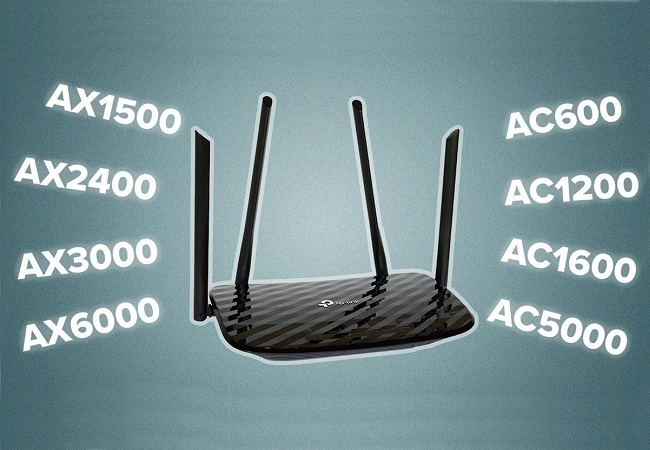TP-LINK Omada EAP230-Wall
 |
|
| ||||||||||||||||||||||||||||||||||||||||||||||||||||||||||||||||||||||||||||||||||
Always clarify the specifications and configuration of the product with the online store manager before purchasing.
Catalog TP-LINK 2025 - new arrivals, bestsellers, and the most relevant models TP-LINK.


Buy TP-LINK Omada EAP230-Wall
All prices 57 →Точка доступу TP-Link EAP230-Wall TP-Link 13808-1 | 2 349 ₴ |  | |||
Точка доступу TP-Link EAP230-Wall | 2 349 ₴ | ||||
| 2 349 ₴ |  | ||||
| 2 349 ₴ |  | ||||
| 2 349 ₴ | |||||
Simple Setup of Complex Network Architecture
The TP-LINK Omada EAP230-Wall access point stands out for its versatile configuration and ability to operate in various modes, making it suitable for building a targeted Wi-Fi infrastructure. The device can function independently or integrate into a centralized management ecosystem, including cloud and local solutions. It is designed for simple home or commercial scenarios and supports wireless connectivity in 2.4 and 5 GHz bands, allowing one of them to be disabled if necessary.
Although the simultaneous connection capabilities are limited compared to professional solutions, the manufacturer has implemented an intuitive interface with numerous features. Users can create guest networks, limit signal strength and bandwidth, manage clients, apply security settings, and set operating schedules. Due to its affordable price, the access point is an excellent choice for hotels, educational institutions, government agencies, hospitals, as well as private homes and offices with a cabinet layout.
The only drawback is the non-removable antennas, which do not allow for expanding coverage area if necessary.
In-Wall Concept
The compact body of the Omada EAP230-Wall is designed according to the In-Wall concept and is mounted directly into a standard installation box. However, installation requires planning for mounting work during the construction or renovation phase. The device receives power through the LAN port with PoE technology support, located on the back panel, which may complicate surface mounting.
The used 802.3at standard provides adaptive power delivery depending on the current load and contributes to energy-efficient operation of the access point.













































